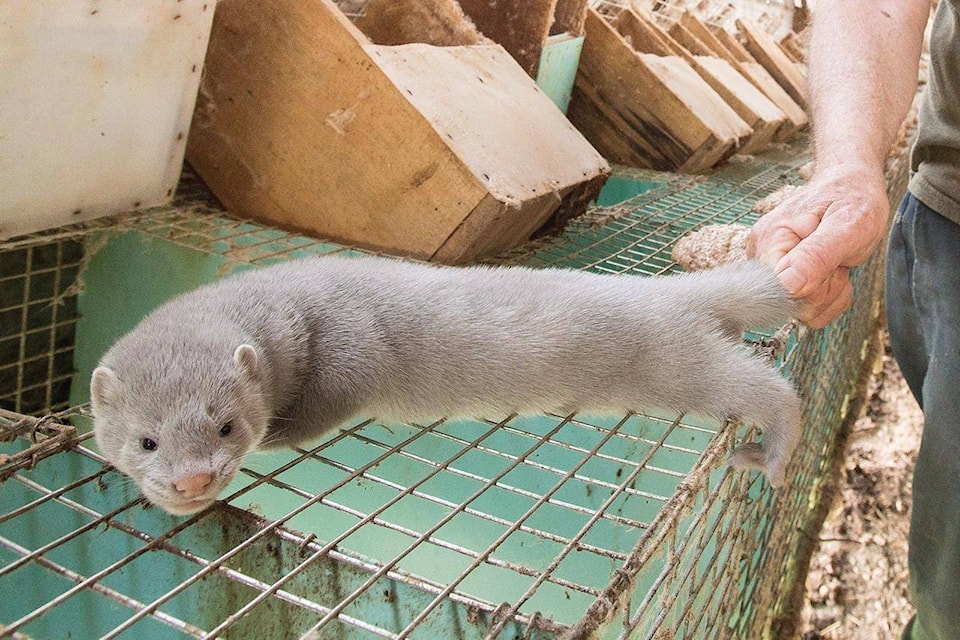An activist poster campaign calling for Minister of Agriculture Lana Popham to ban mink farming in the province ignores several important facts. (“Popham Posters Pop Up,” www.theprogress.com June 3, 2021.)
READ MORE: Popham posters pop-up in Chilliwack, Langley calling on provincewide fur farm ban
The claim that the farms pose “a public health risk” because mink can contract COVID-19 ignores the fact that B.C. is following the same security protocols as department of agriculture and public health authorities in the U.S.: e.g., limiting access to farms, use of PPE by farm employees, and strict quarantining when outbreaks do occur. With these protocols in place, Dr. Fauci and the CDC have stated that mink farms do not pose a threat to public health.
The claim that mink farms are “inhumane” is also false. Like other Canadian animal production, mink farms follow codes of practice developed by veterinarians, animal scientists, and animal-welfare authorities under the auspices National Farm Animal Care Council.
READ MORE: COVID-19 outbreak declared at Chilliwack mink ranch
READ MORE: Quarantined B.C. mink farm resumes breeding after COVID-19 outbreak
B.C. mink farms are licensed and inspected annually by the Ministry of Agriculture to ensure that the codes are respected. In any case, farmers have a strong incentive to provide excellent nutrition and care for their animals because this is the only way to produce the high quality of fur Canada is known for. (Canadian mink consistently registers in the top five per cent of prices at international fur auctions.)
Similarly, the claim that mink farming should be banned to protect the environment ignores the important role these farms play in the agricultural cycle. Mink are carnivores and are fed the parts of chickens, pigs, fish and other food animals that humans don’t eat and might otherwise end up in landfills. Manure and other mink farm wastes are composted to produce organic fertilizers to replenish the soil, completing the nutrient cycle.
It is also an environmental benefit that mink coats can be worn for 30, 40, or more years. And after decades of use, fur can be thrown in to the garden compost where it will biodegrade.
Compare this with today’s “throwaway fashion,” 60 per cent of which is made from petroleum-based synthetics, a non-renewable and non-biodegradable resource. Furthermore, these synthetics leach microparticles of plastic into our waterways each time they are washed – plastics now being found in marine life and even breast milk. Cruelty-free indeed!
No one is obliged to wear fur – or leather or wool, or to eat meat or dairy. These are personal choices. But this does not give activists the right to try to impose their values on others. At a time when they are working hard to protect their animals and their livelihoods, we should be supporting B.C. farm families, not attacking them.
Alan Herscovici
Senior researcher, TruthAboutFur.com
• Send your letter to the editor via email to editor@theprogress.com. Please include your first and last name, address, and phone number.
• READ MORE: Chilliwack Progress Letters
